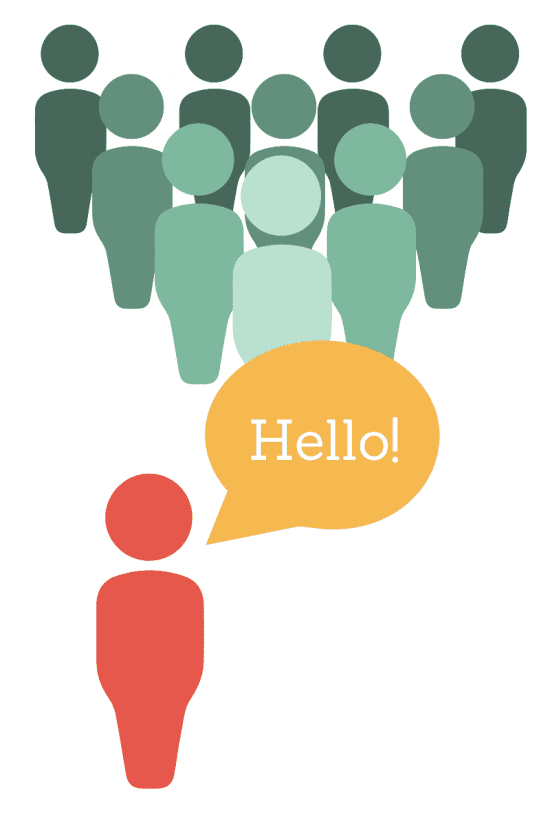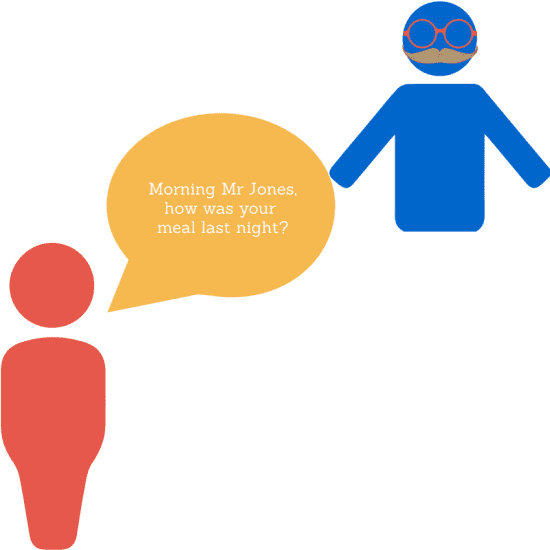Creating more relevant personalised communications

Receiving messages from a company you have never spoken to can be annoying and intrusive at best, often referred to as spam. Therefore, gaining permission to speak is a critical element in building a relationship with your customers, but using this right to broadcast the same communication to all customers will eventually turn your message to “noise”. Having a conversation is not a one way speech, but an interactive communication which listens and speaks to, not at the customer.
Within the travel and tourism industry the need to provide the personal touch is a key differentiator of single and smaller hotel chains, with the service and attention to detail making the experience memorable and distinctive. This unique and distinguishing service is often carried across to the digital world, with some very elegant, evocative images and presentation utilised to extenuate the quality and level of service offered.
Using this content to speak with all customers in the same voice and dialogue can often detract from the personalised service, as the same message is received regardless of:
- Known person details;
- Activity (purchase and non-purchase);
- Length of relationship;
- Location;
- Engagement level across multiple touch points (facebook, twitter, newsletter subscription, membership, accommodation, restaurant, spa, etc.);
- Preferences.
Utilising this knowledge of your customer will enable a true conversation with your customer that speaks to them with specific pertinent interactions and not general mass broadcasts to all customers.

The successful use of segmentation can be highlighted by Moorland Garden Hotel in Devon, where Jo Dicarlo (Marketing Manager) has seen a 200% growth in their marketing database, with recent communications achieving a 25+% unique open rate and ~10% response rate (actively engaged with hotel through click-through, booking enquiry, actual booking, etc). These above average interaction rates for the Travel & Leisure industry (Unique Open Rate ~ 15%, Unique Click-through Rate ~ 2% according to the 2014 Silverpop Email Marketing Benchmark Report) have been achieved through the utilisation of:
- Targeted communications for a given event of customers who have expressed an interest or previously engaged with this type of activity.
- Communicating to engaged customers. Using current activity and communication responses to ensure the marketing database is a living pool of customers, with only those customers who are new or have engaged with Moorland Garden Hotel in a defined timeframe communicated with on the monthly newsletter.
Talking with and not at your customer is therefore a key deliverable for any marketing solution, with the benefits identified above a clear indication and incentive on why this is a must have.








